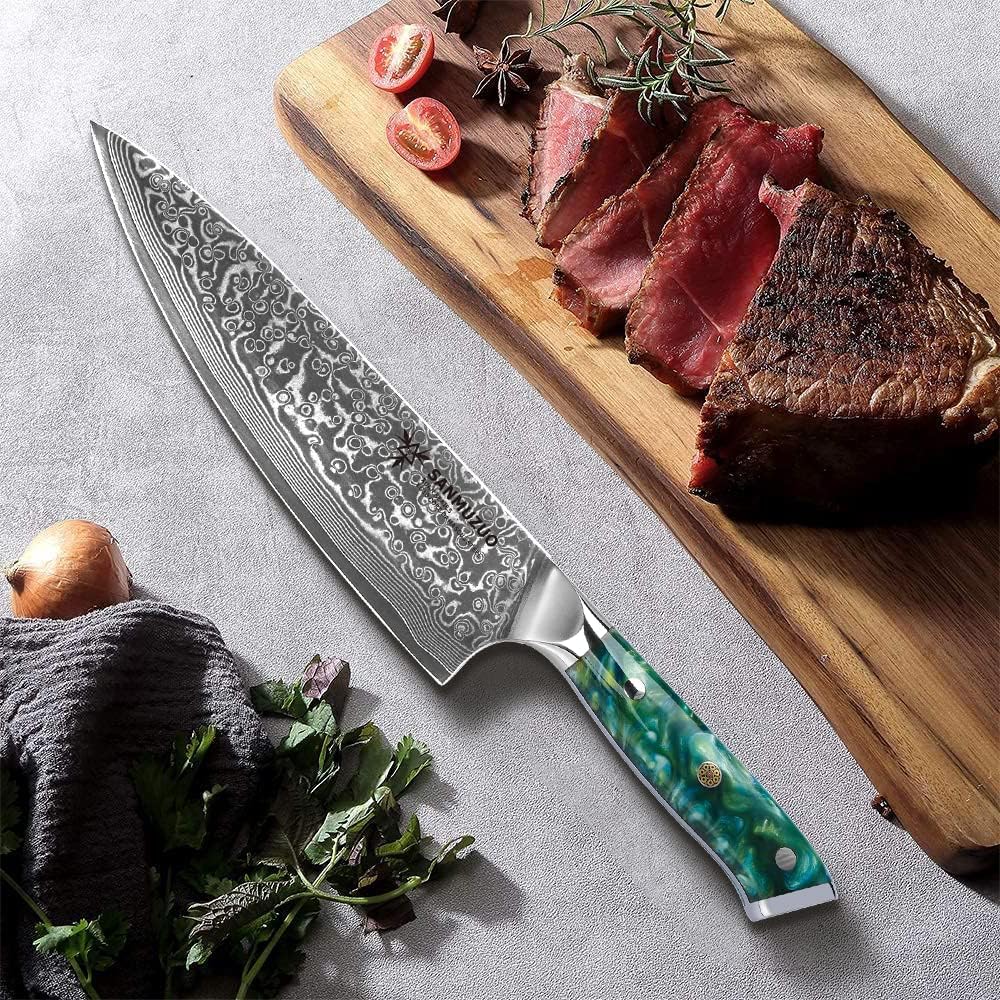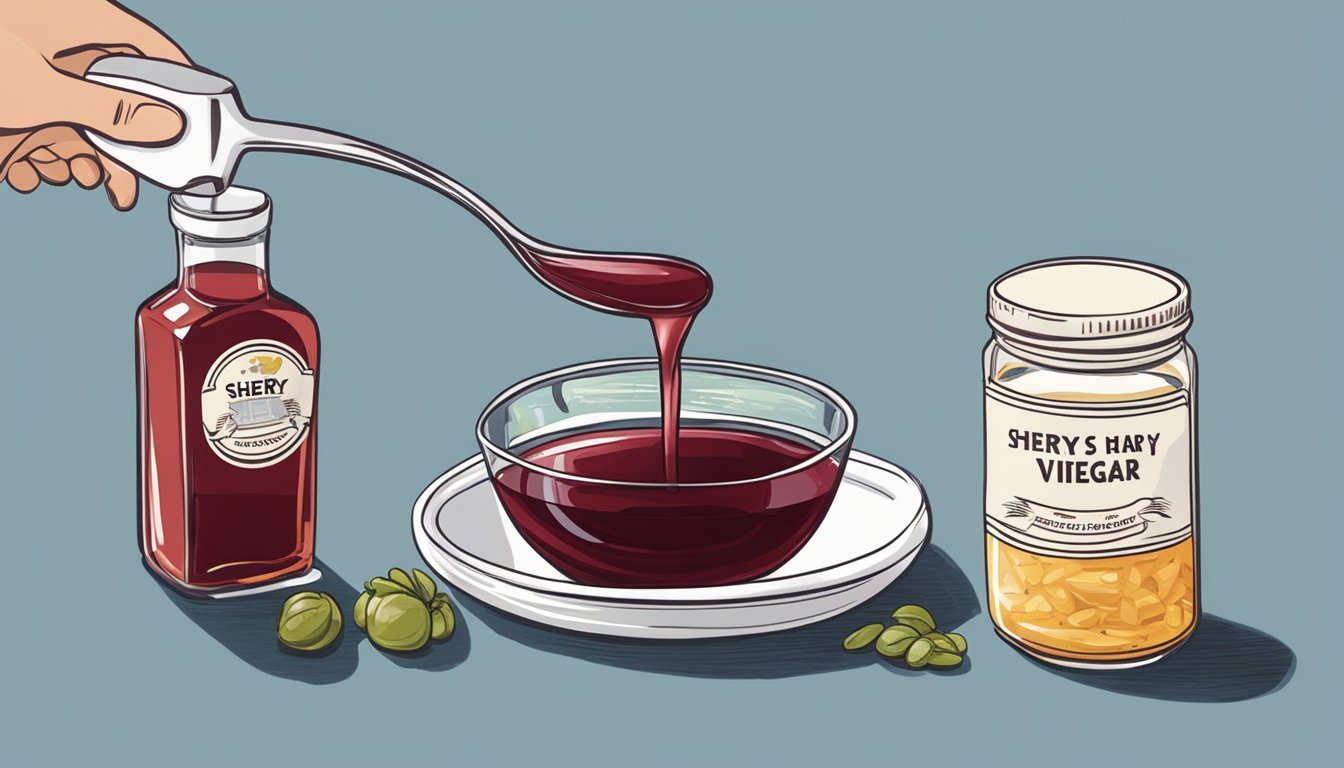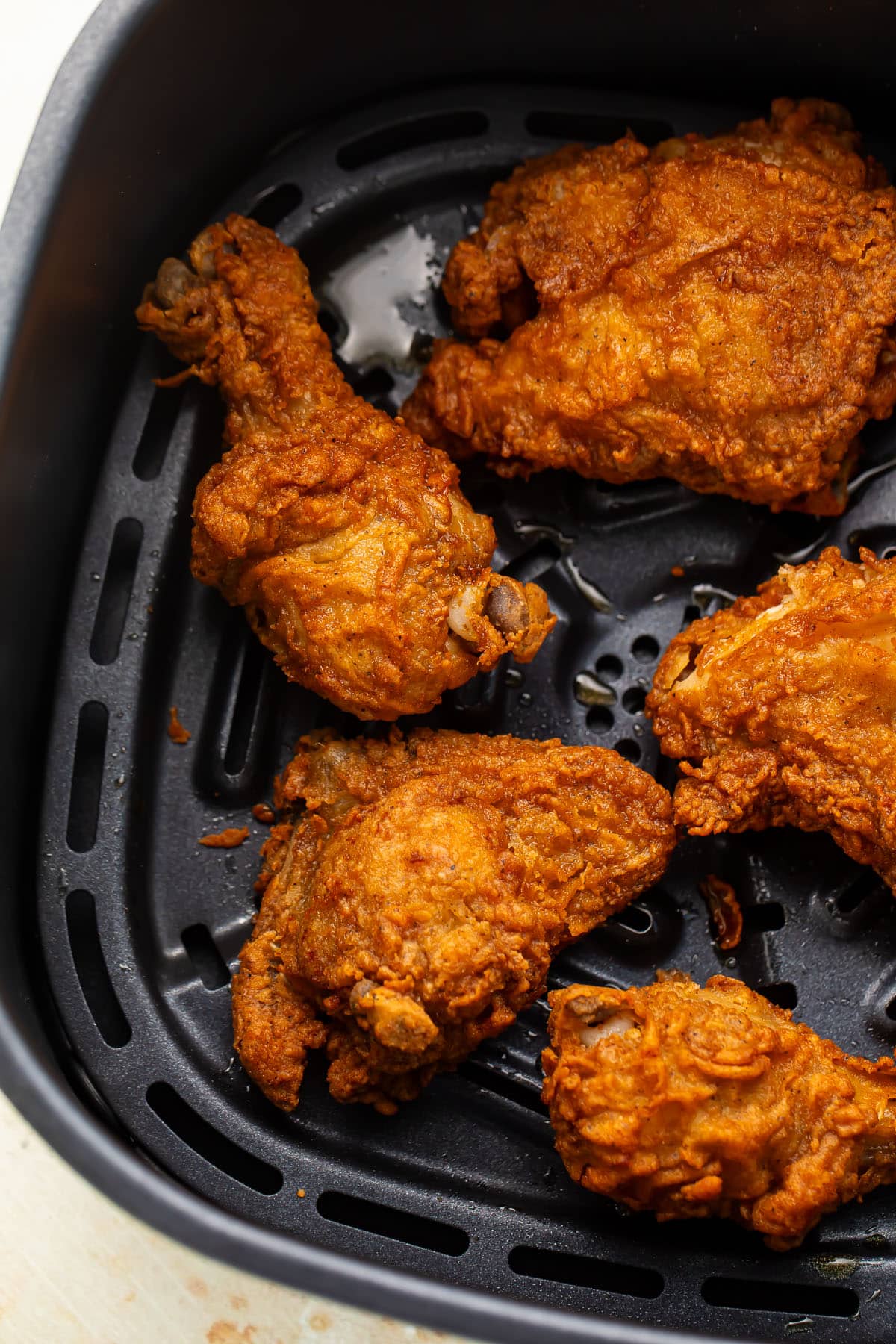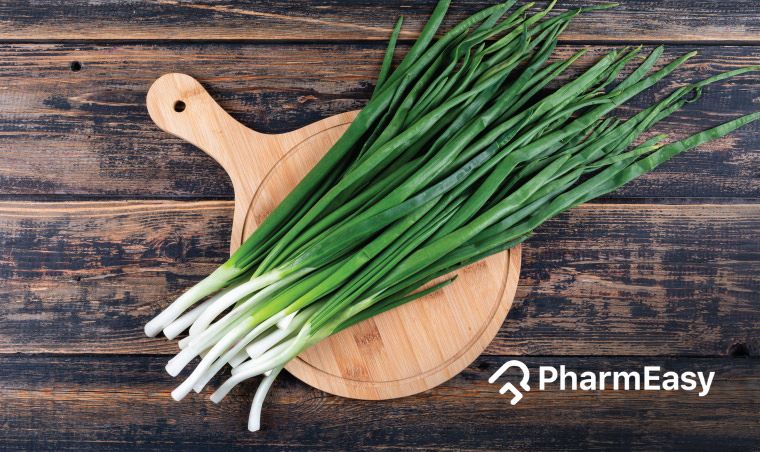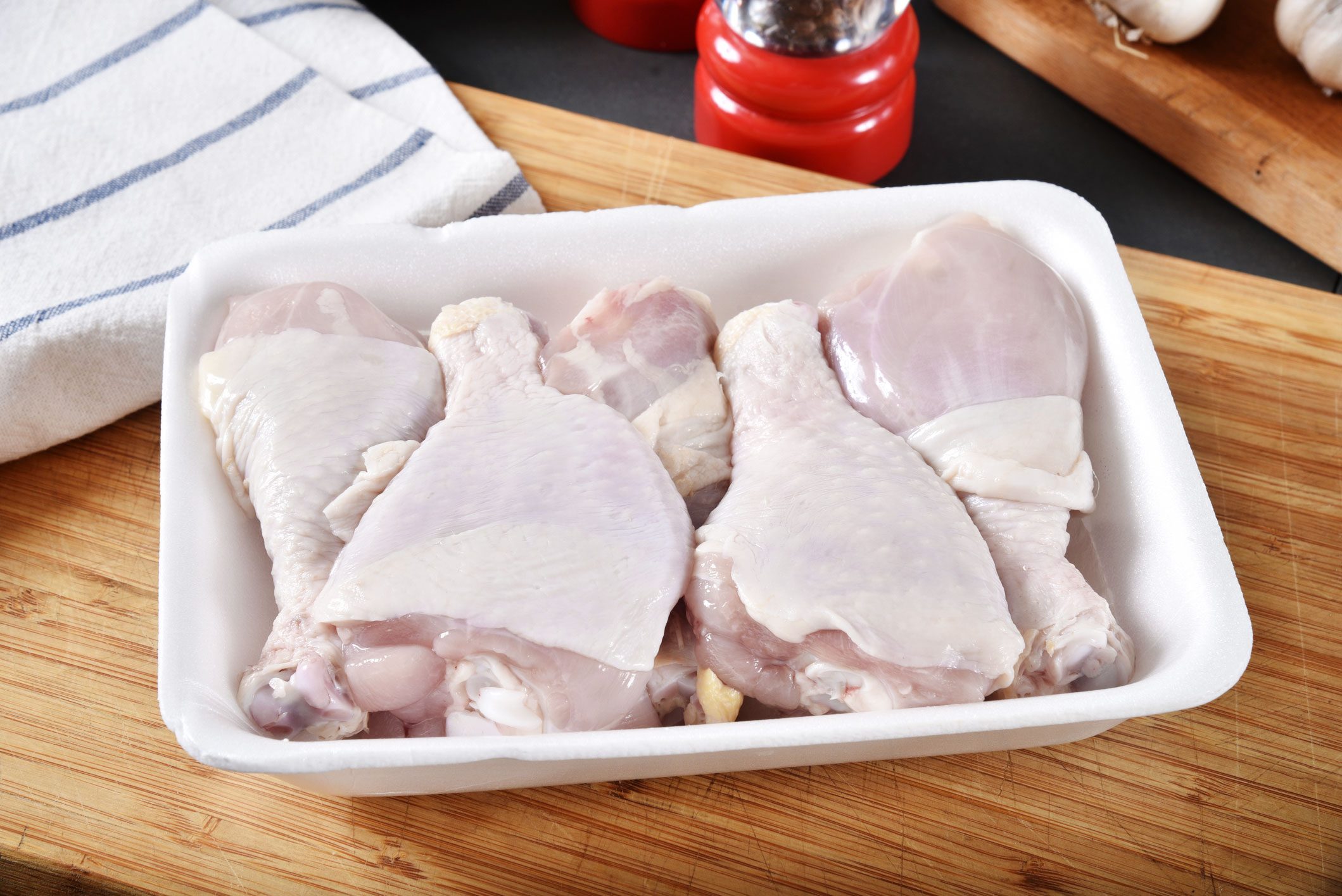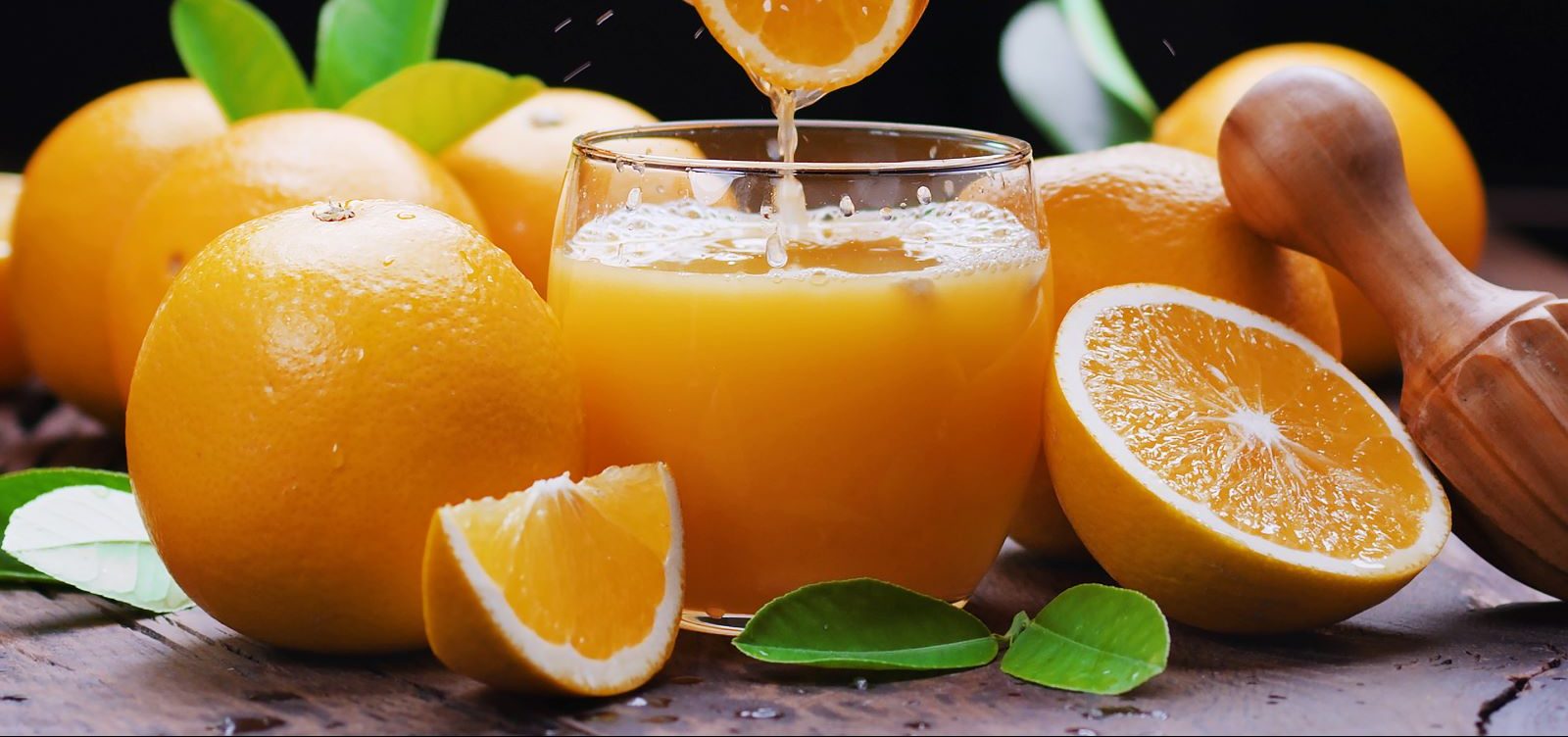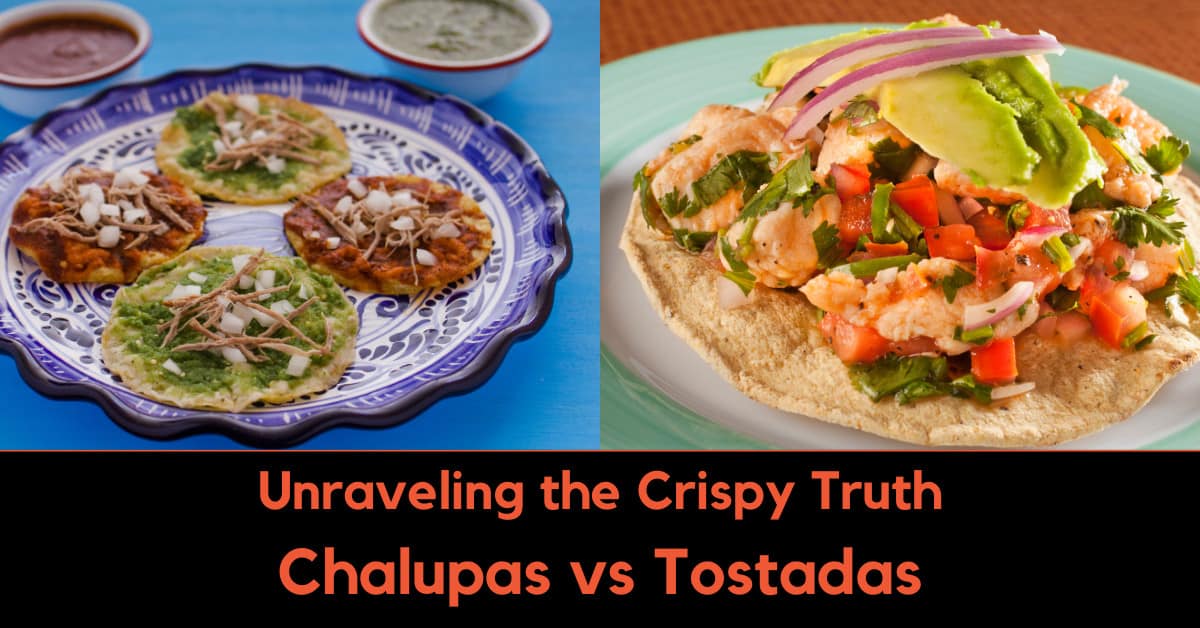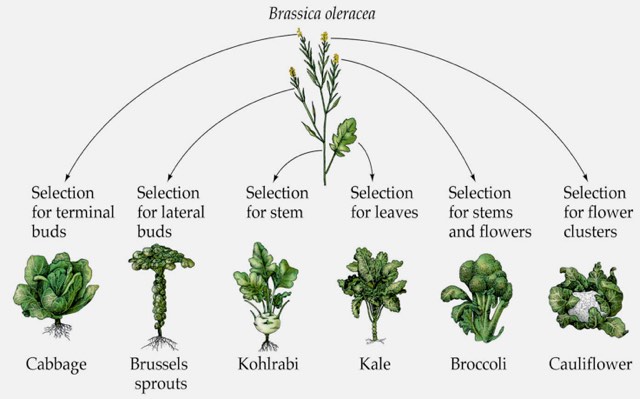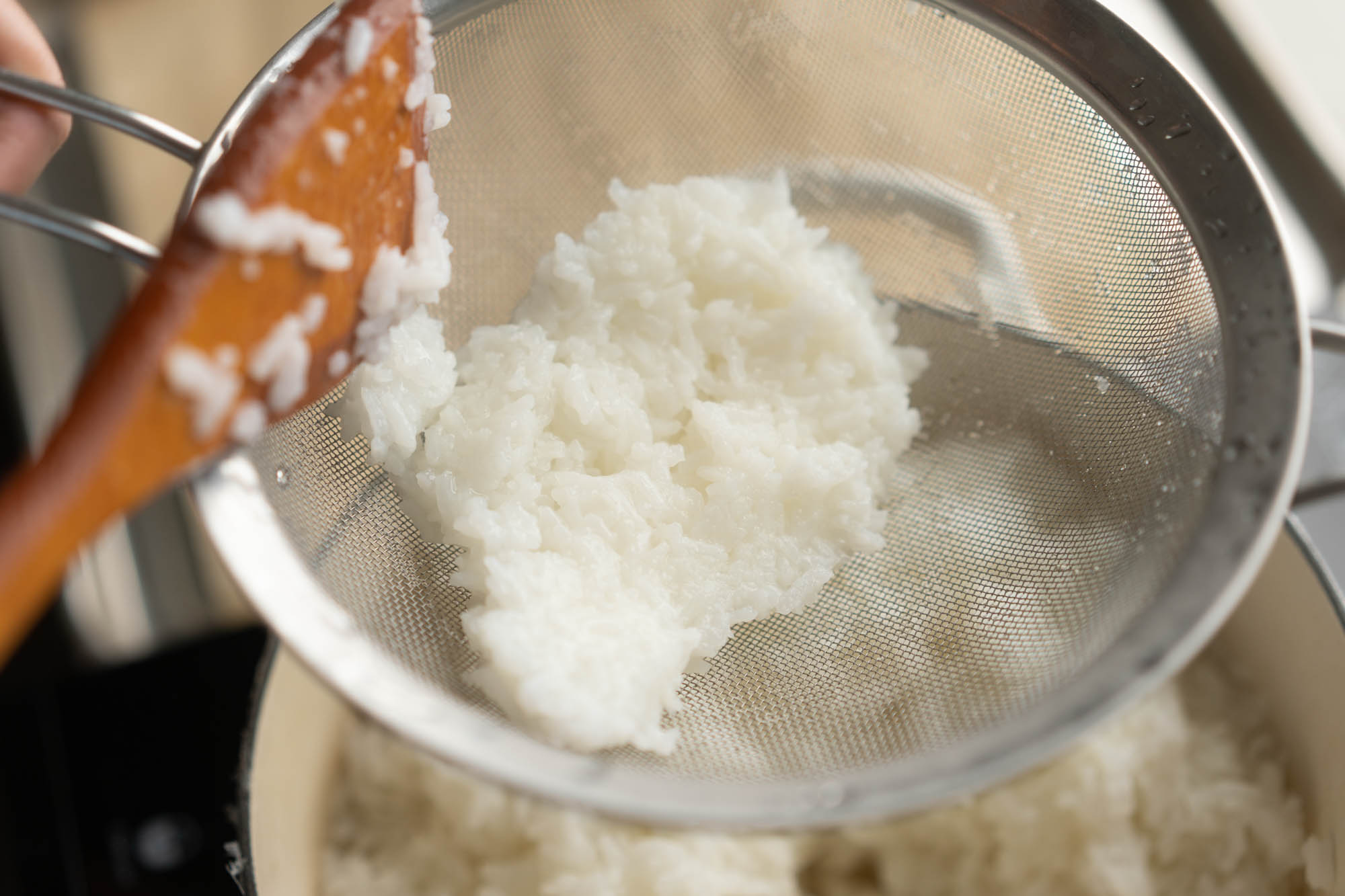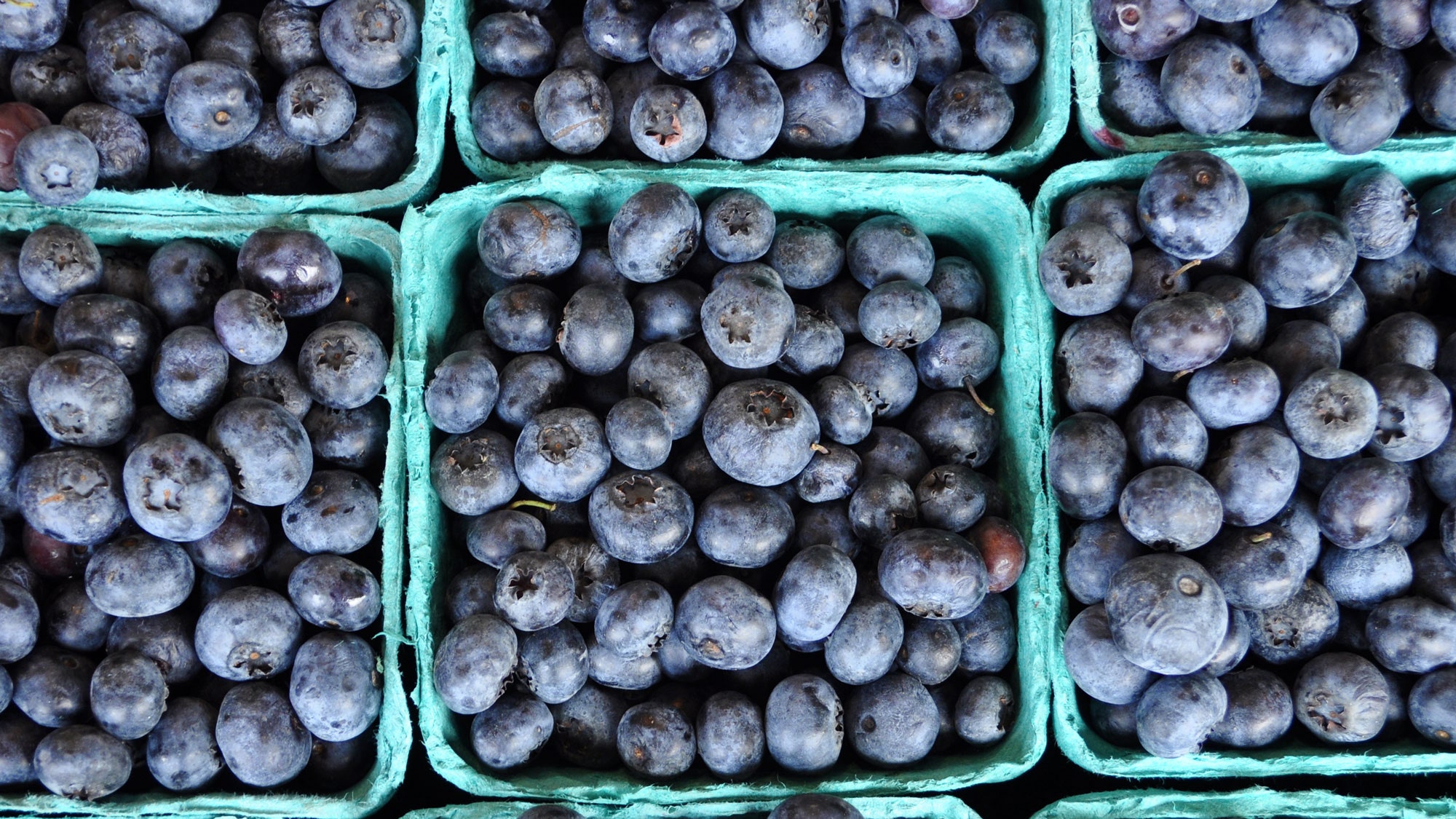Dive into the World of Exquisite Damascus Chef Knife: Precision, Craftsmanship, and Beyond!
– Damascus chef knives are known for their superior toughness, sharpness, and edge retention.
– Damascus steel has a rich history and was used to make swords.
– Damascus knives are made by welding together different types of steel to create folded layers.
– Steels used to make today’s Damascus blades include VG10 and VG2, which have properties that strengthen the knife.
– Damascus steel knives are sturdy, flexible, and have long-lasting edge retention.
– Damascus steel knives should be cleaned under running water, dried immediately, and lightly oiled to prevent moisture damage.
– Damascus steel knives should not be stored in wet areas or in leather sheaths.
– Damascus chef knives are multi-purpose blades used for chopping, dicing, mincing, and slicing foods.
– Tojiro offers a Pro Flash 24cm chef knife that is razor-sharp and has a high Rockwell hardness rating.
– Damascus chef knives are high-quality knives with a beautiful finish.
– Tojiro makes a chef knife with 63 layers of Damascus steel and a VG-10 steel core.
– Miyabi 5000FCD makes a 24cm chef knife with a proper grip and razor-sharp edge.
– F Dick 1893 Series offers a 24cm chef knife with 33 layers of rust-free Damascus steel.
– Miyabi offers a range of Damascus steel chef knives called 5000MCD birchwood.
– Miyabi 5000MCD Birchwood 24cm Chef knife has a super-sharp blade with a 19-degree angle and a SG2 super steel core with 100 layers of steel.
– Tojiro Shippu chef knife is made of quality VG10 steel and 63 layers of Damascus steel.
– House of Knives supplies a wide range of Damascus chef knives at different price ranges.
– Premium Damascus steel knives are worth the cost as they are made of premium materials and have lovely patterns.
– The best Damascus chef knife is sturdy, tough, flexible, and durable.
– They come in different blade lengths to suit different needs.
– High-quality Damascus chef knives are well-balanced and light, allowing for efficient cutting.
– A Damascus chef knife should feel like an extension of your hand and have a comfortable handle with a proper grip.
– The handle material can vary, but what matters is proper balance, durability, and comfort.
– The best Damascus steel knife is extremely sharp and provides clean cuts while keeping food juices inside.
– Leading knife makers offer high-performance Damascus chef knives that are elegant and stylish.
– Damascus steel knives require proper care to prevent rusting.
– After use, the knife should be cleaned immediately under running water and dried.
– The blade should be stored in a dry place to prevent moisture buildup.
– Food-grade mineral oil should be used to oil the blade and prevent rusting.
– Abrasives and harsh chemicals should not be used on Damascus steel knives.
– The knife should be stored in a box or padded case, not a leather sheath.
– With proper cleaning, oiling, and storage, Damascus knives can last a long time.
– Damascus steel blades retain their sharp edge for a while, reducing the need for frequent sharpening.
– Damascus chef knives are sharp, easy to use, and durable.
– They come in various blade lengths and handle materials.
– The Damascus pattern gives the knives a beautiful look.
